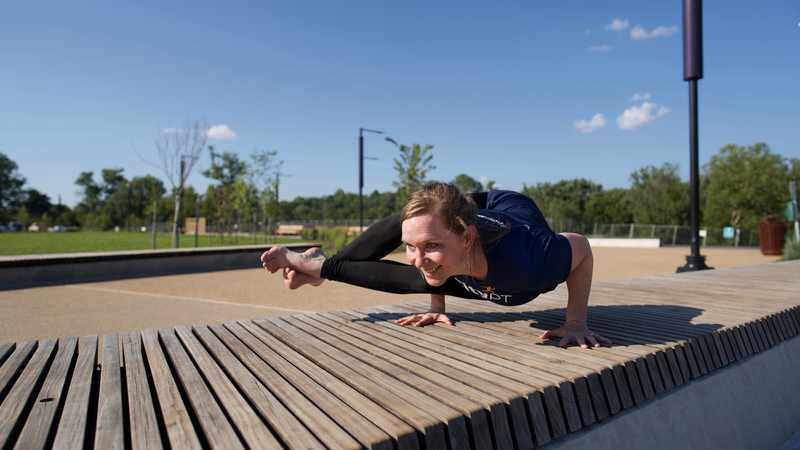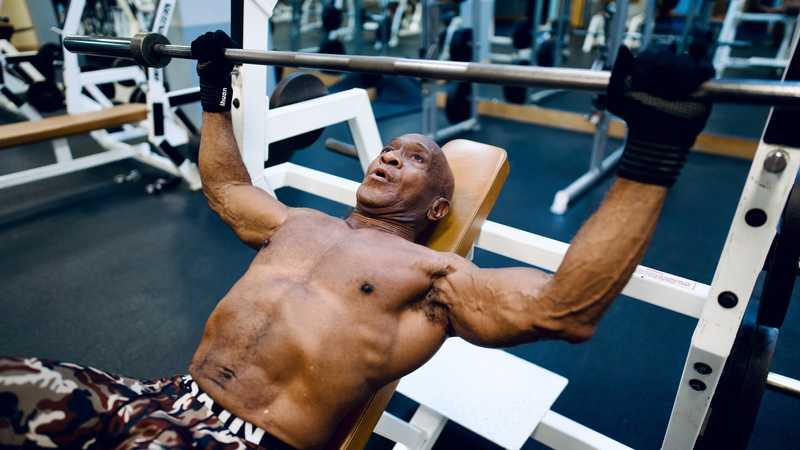Shoulder impingement is the most common cause of shoulder pain, contributing to over 40% of reported cases. If you find yourself often doing repetitive shoulder movements in your sports, at home, or during work, your chances of developing this issue are higher.
Shoulder impingement involves a mix of factors within the complex structure of the shoulder joint. This condition brings about pain and discomfort during specific arm motions and can result from various factors, including unusual structural features and posture-related problems. To start addressing the discomfort, it's crucial to uncover the root causes.
Remember, finding relief from shoulder impingement isn't a one-size-fits-all approach. Much like other aspects of musculoskeletal health, it's subtle and varies from person to person.
In this article, we'll unravel the lesser-known causes of shoulder impingement and explore a few exercises designed to safely begin your journey of healing.
Table of Contents
- My Story of Shoulder Impingement Injury as an Athlete
- Before Starting: Understand the Underlying Cause
- The Benefits of Exercises for Shoulder Impingement
- Exercises for Shoulder Impingement
- Exercises to Avoid without Professional Guidance
- Get Sustainable Relief
My Story of Shoulder Impingement Injury as an Athlete
Shoulder impingement had a major impact on my career as an athlete.
As a Division I collegiate swimmer at the University of Nevada, Reno, I participated in an intense weekly workout schedule involving over 20 hours of weekly training. This level of training was helping me make huge improvements in my race times, and it felt great to be working with a team and coach that would help me reach my full potential as a swimmer.
Unfortunately, that all came to a screeching halt in my junior year when I developed a right shoulder injury: acute shoulder impingement. The next two years proved to be rough, but I kept my head up and was able to maintain my optimism.
The one thing that got me through my shoulder injury was completing weekly exercises with a physical therapist in the sports department — and I was instantly hooked to all that it had to offer. Without physical therapy, I would likely have quit the team (as many women had before me) and finished my college career with many "what ifs?" that would have plagued me for years to come.
If you're an athlete experiencing a sudden onset of shoulder pain, let me reassure you, there's hope!
Before Starting: Understand the Underlying Cause
Shoulder impingement is caused by various factors related to overuse, structural abnormalities, and biomechanical changes within the shoulder. Before an effective treatment program can be prescribed (including targeted shoulder exercises) determining the underlying cause of pain is vital.
A CityPT physical therapist can help you determine your injury's causes and get you on track with a personalized action plan to recovery. This approach is always more effective than simply trying exercises you find online, which may not be appropriate for your situation.
That said, here are 3 lesser known causes of shoulder impingement:
1. Your Shoulder Shape Matters
Some people have a part of their shoulder bone called the acromion, and in some individuals, this bone can be curved like a hook (hooked or curved acromion). This curved shape can make the space where the tendons of the shoulder muscles move smaller, causing them to get pinched more easily. So, the shape of your bones can also make you more likely to have shoulder problems, like shoulder impingement.
2. How Your Shoulder Blade Moves Matters
The way your shoulder blade (scapula) moves can also cause shoulder issues. If your shoulder blade doesn't move correctly (scapular dyskinesis) when you use your arm, it can lead to problems in your shoulder. This often happens because some muscles that help move the shoulder blade aren't working properly or in the right way.
3. How You Sit and Stand Matters
How you sit and stand can affect your shoulders. If you often have a rounded upper back (kyphosis) or are hunched over, it can change how your shoulder works. This change in posture might lead to shoulder pain or problems. So, paying attention to how you sit and stand can actually help your shoulder feel better by improving your overall posture.
The Benefits of Exercises for Shoulder Impingement
Many potential benefits are associated with a well-designed home exercise program for shoulder impingement. These include:
- Enhanced shoulder biomechanics to reduce strain on local tissue
- Improved range of motion and strength of the muscles surrounding the shoulder joint
- Reduced pain and discomfort associated with impingement
- Increased blood flow to the affected area to enhance healing capabilities
- Strengthening the rotator cuff and other muscles of the shoulder complex to improve coordination and overall function
- Reduced stress on the joint to decrease the risk of re-injury
- Preventing the progression of symptoms that may otherwise require surgical intervention
- Enhancing an individual's confidence in their shoulder function and keep them actively participating in life the way they want
Try the exercises below and see how they go, but proceed carefully. If you aren't noticing any improvements or your symptoms are worsening, talk to a CityPT physical therapist as soon as possible for the best results.
Exercises for Shoulder Impingement
When beginning an exercise program for shoulder impingement, selecting exercises that do not aggravate symptoms is important. This typically requires avoiding overhead strengthening and active range of motion until symptoms have improved. The following exercises are listed from easiest to hardest.
Start at the beginning and progress from there as you can tolerate it.
1. Scapula Squeeze
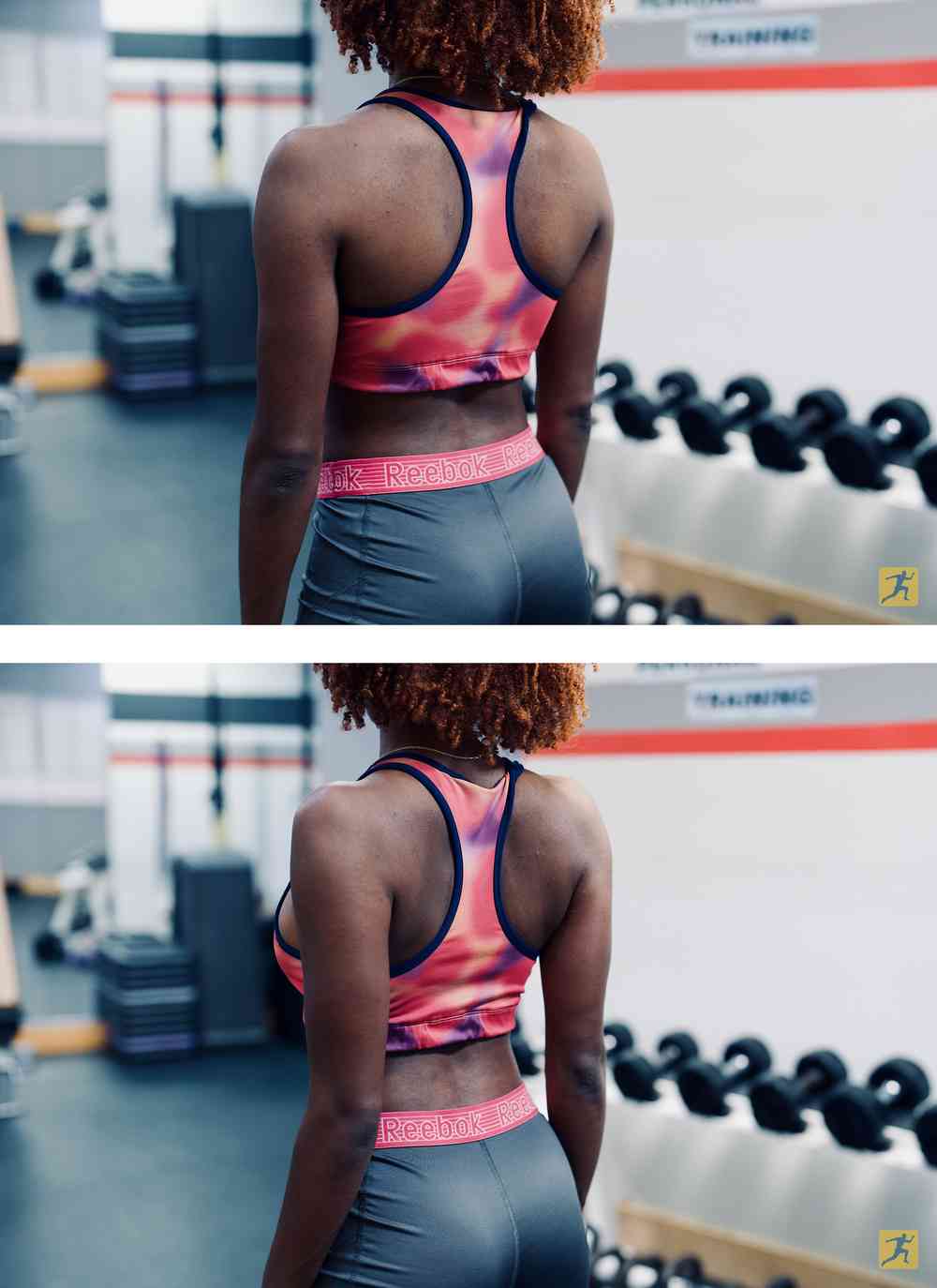
This basic exercise is great for building postural awareness and opening the chest by activating the back and shoulder blade muscles.
- Stand or sit comfortably in good posture
- Imagine a quarter is between the shoulder blades that you want to squeeze between them
- Pull your shoulders back and down (away from your ears) as you "squeeze" the shoulder blades together, stopping if you notice any onset of pain in the shoulder
- Hold the squeeze for 5 seconds as you focus on keeping the neck and top of the shoulders relaxed; if your chest is tight, you may notice a nice stretch there too
- Relax and repeat the movement for 15 repetitions, 2-3 times
2. Supine Chest Stretch
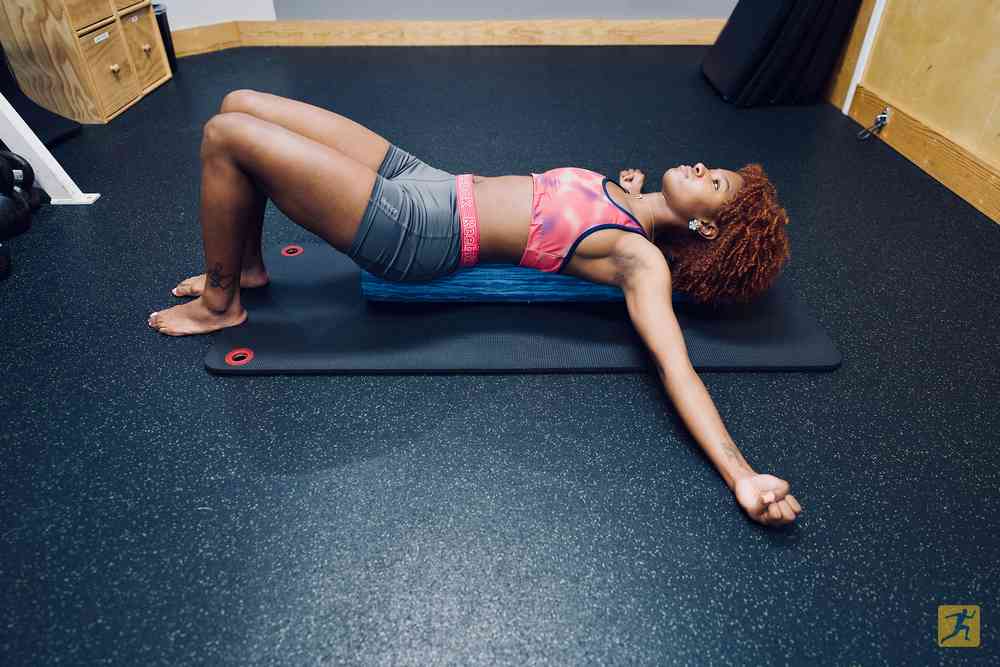
Stretching the front of the chest can relieve stiff inflamed tissues in the front of the shoulder and promote blood flow for healing.
- Lie down on your back on the floor with your arms at your side and knees bent with feet flat on the floor (for comfort)
- Focus on staying relaxed as you slowly bring your arms out to the side (as if starting to make a snow angel) with the palms facing up toward the ceiling
- While keeping your arms relaxed on the floor, keep moving your arms upward until you feel a tolerable stretch across the chest
- Relax and hold for 1 to 5 minutes
- Place a rolled-up beach towel under your spine or lie on a 6-inch foam roller to deepen the stretch. Additionally, you can try placing your arms into a "touch down" position (if tolerated)
3. Isometric Shoulder Exercises
Active shoulder range of motion can feel impossible or quite aggravating in the initial stages of shoulder impingement. Performing strengthening exercises in a comfortable position at your side is a great place to start to activate the shoulder muscles without eliciting severe pain.
Try the following 5 exercises to address all the major muscle groups in your shoulder (rotator cuff) gently. For each exercise, hold the position for 3 to 5 seconds for 10 to 15 repetitions each. You can repeat each exercise for 1 to 3 sets, depending on your tolerance.
Isometric shoulder abduction
Stand sideways near a wall (within an inch or two) with the arm you want to strengthen closest to it. With your arm at your side, place a folded towel or small pillow between your elbow and the wall. Gently press the elbow into the wall as if you were going to lift your arm out to the side.
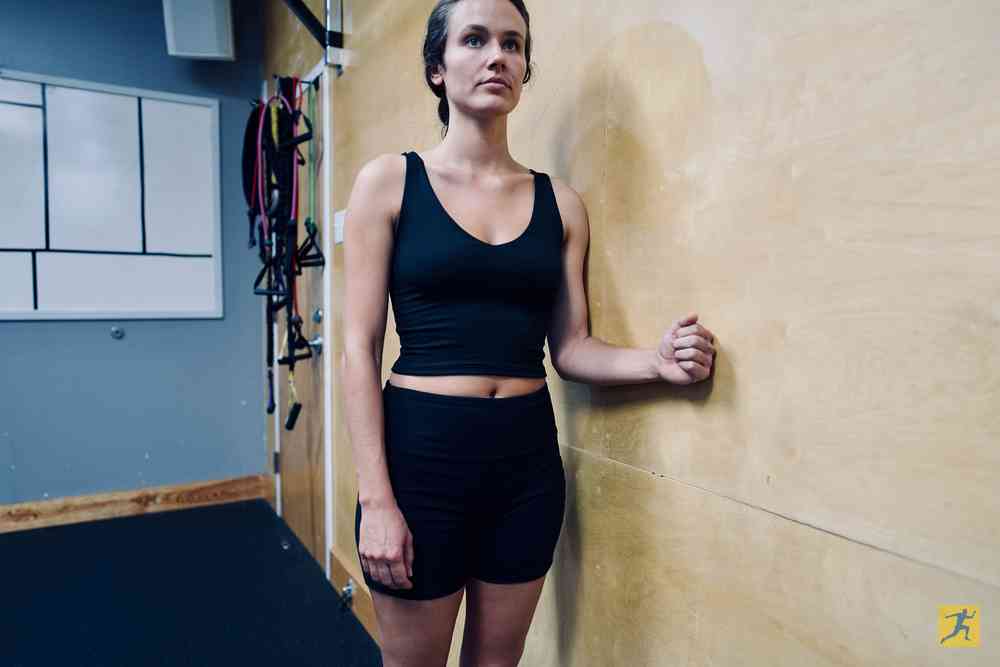
Isometric shoulder external rotation
While still standing in the same position as above, now place the towel or pillow between the back of your hand and the wall (with your elbow bent to 90 degrees). Now, gently push the back of your hand into the wall as if you were going to rotate the hand outward.
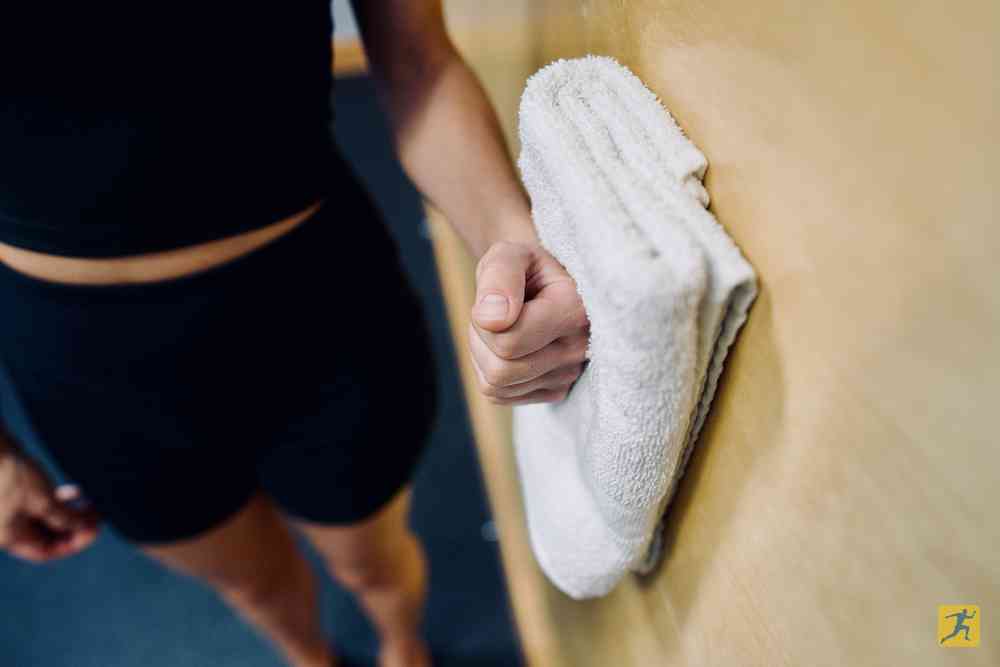
Isometric shoulder flexion
Next, turn and face the wall, stepping back a few inches so that you can bend your elbow to 90 degrees and place your fist on the wall. Now, press your fist forward into the wall.
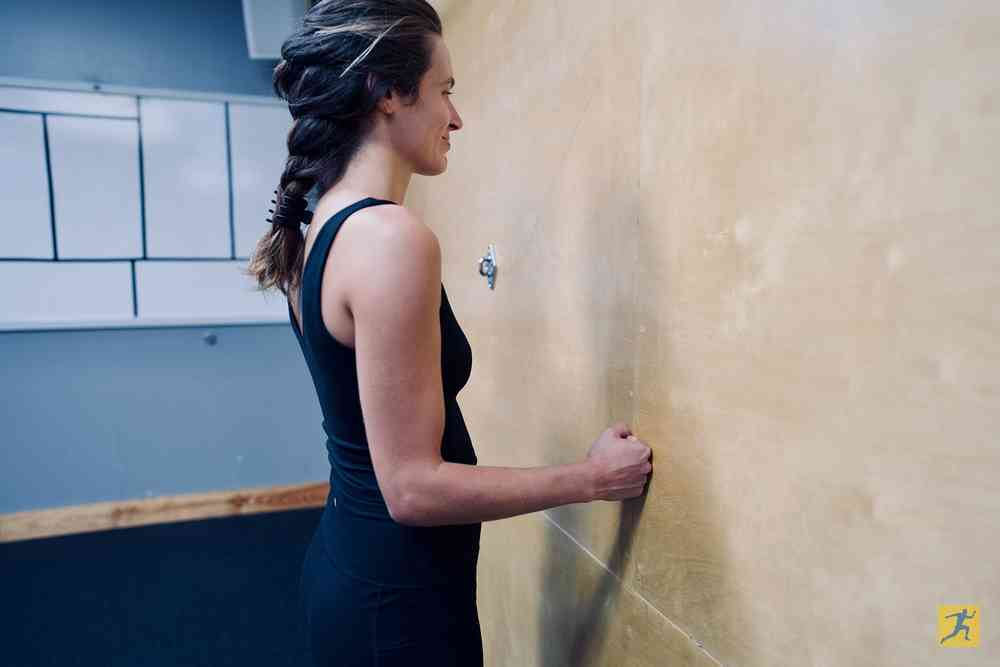
Isometric shoulder extension
Next, turn again so your back is against the wall. With your elbow bent again, place the towel or pillow between your elbow and the wall. Press your elbow back into the wall.
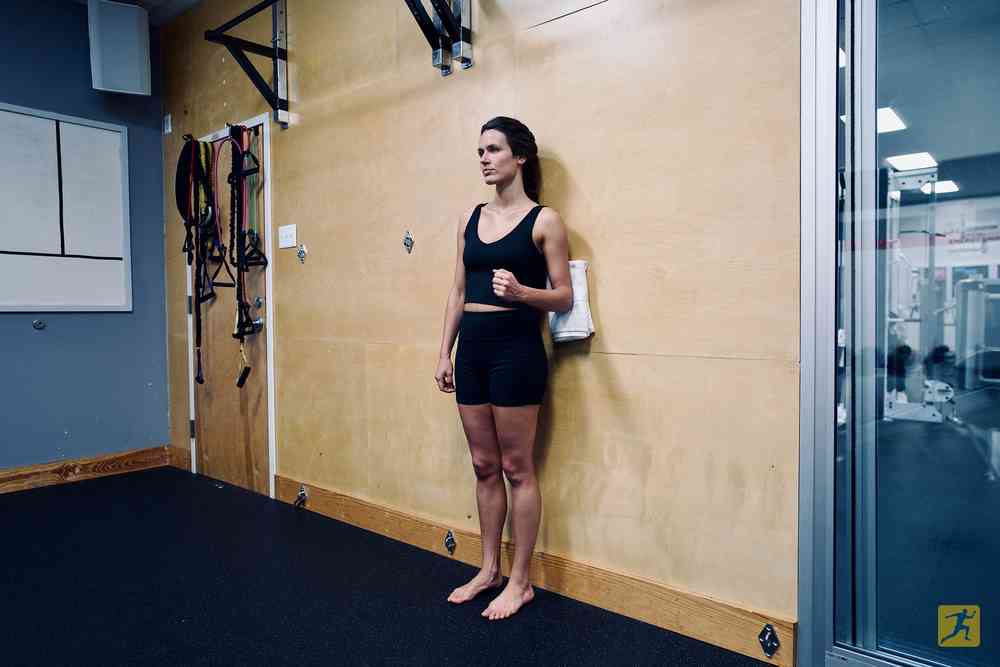
Isometric internal rotation
Finally, move to stand inside a doorway. With the elbow bent and palm facing inward, move your body so that you can comfortably place the inside of your hand against the wall of the doorway while keeping your elbow tucked at your side. Then, press the palm inward against the wall as if you were going to bring your forearm across the body.
As each move gets easier, you can try them in a bigger range of motion (for example, with the elbow further away from your side). Eventually, the goal is to progress pain-free (relatively) active range of motion and resisted exercise with a band.
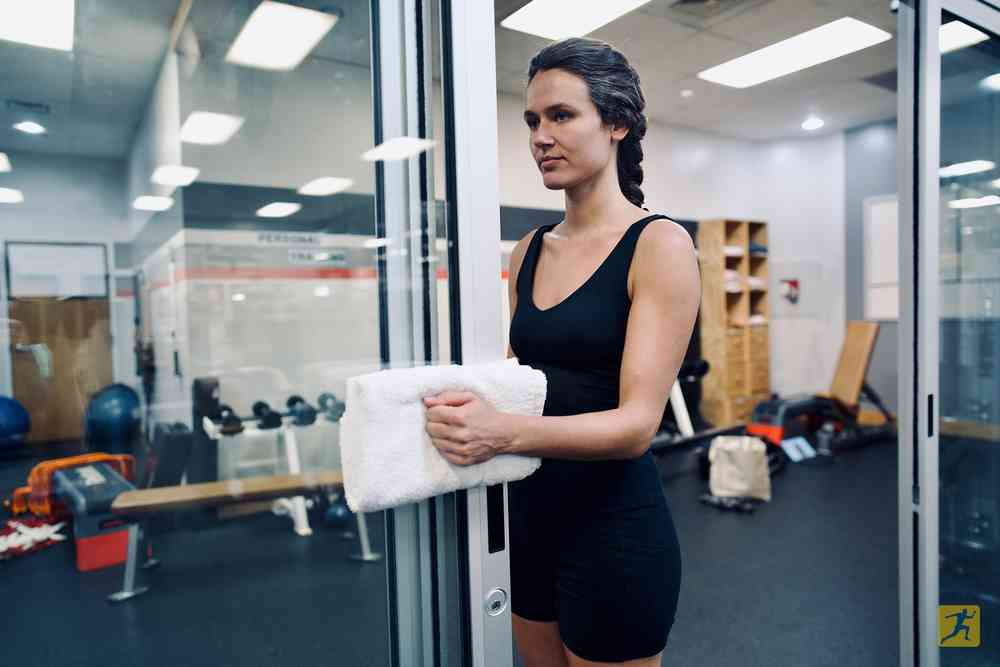
4. Side-lying External Rotation
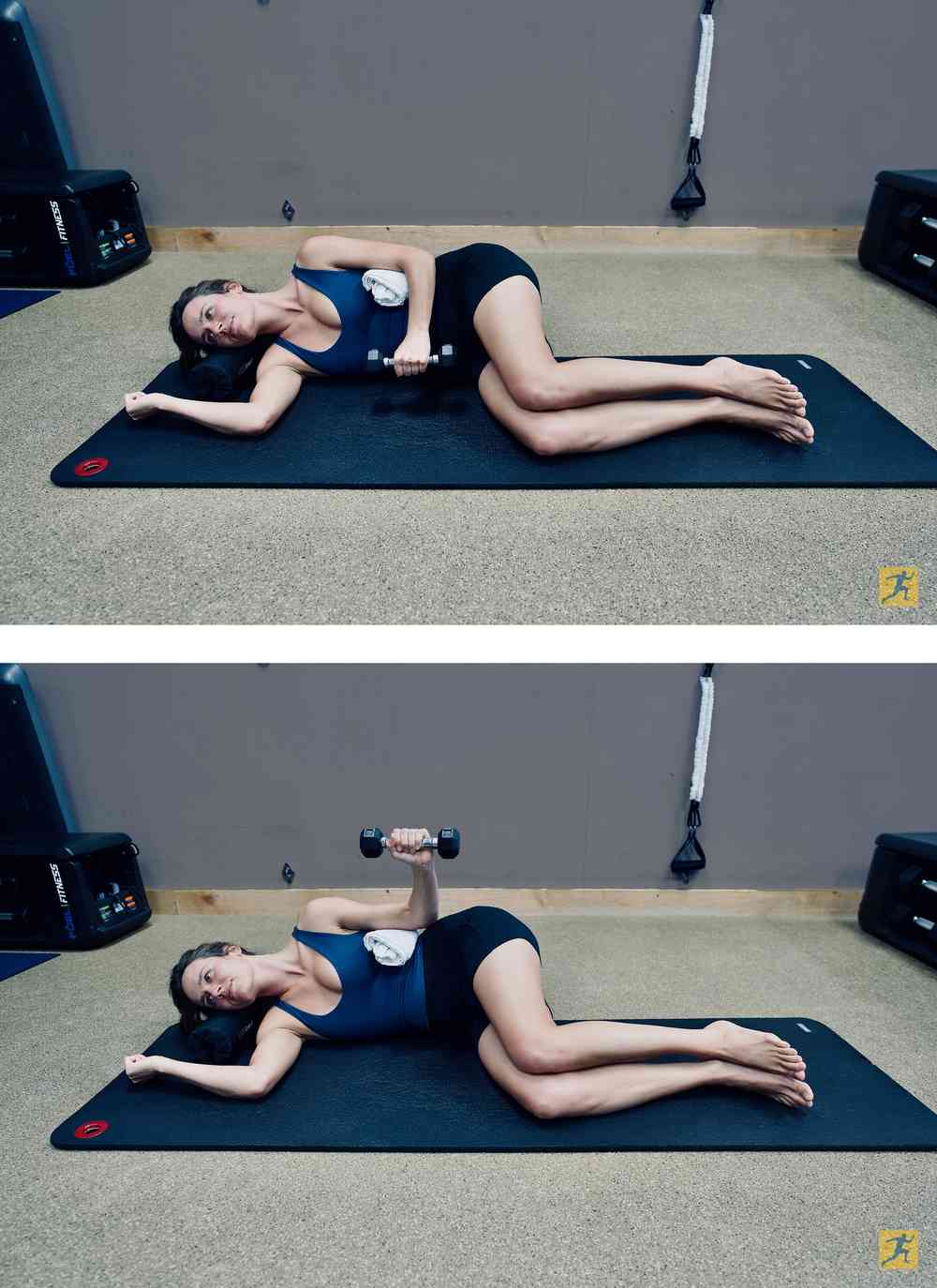
Side-lying shoulder external rotation is a great way to strengthen muscles of the rotator cuff while also helping improve shoulder mobility.
- Lie on your side with the shoulder you want to strengthen facing upward
- Lie with your arm resting on your side and the elbow bent to 90 degrees and palm facing downward, then place a rolled hand towel between your elbow and side
- With control, rotate the shoulder by alternating between lifting the back of the hand up toward the ceiling and then letting it "fall" again down toward the belly
- To keep the exercise targeted, it's important to keep the elbow tucked, towel in place, and neck relaxed
- Repeat 10 to 15 times for 1 to 3 sets
- When ready, you can try holding a light weight
5. Thoracic Extension
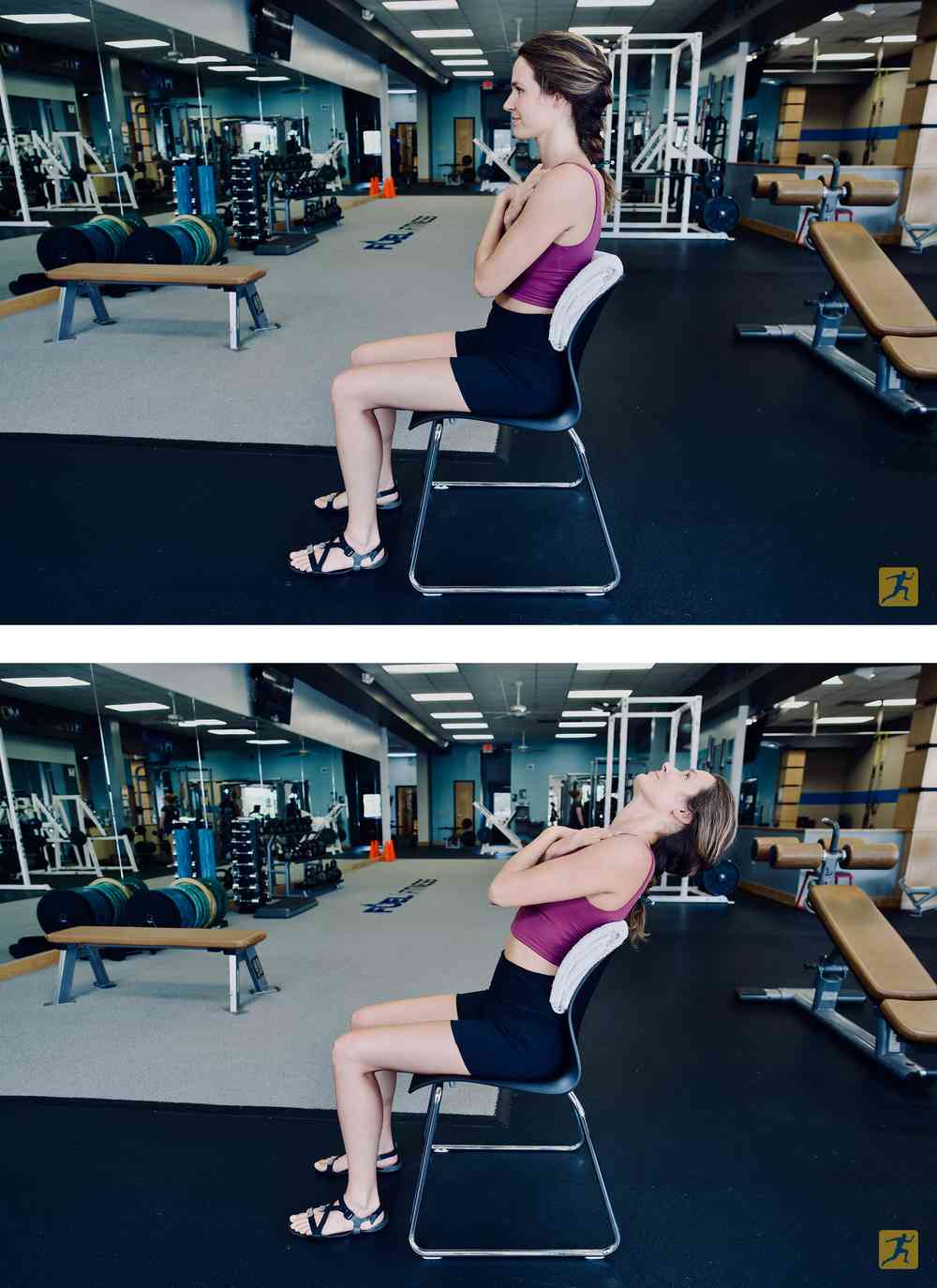
Underlying mid-back stiffness has been correlated to shoulder dysfunction, making it an important factor to consider with a home exercise program. There are several different ways to stretch the mid-back, depending on preferences and what you can tolerate. Let's review the most basic version:
- Sit in a chair, preferably a kitchen or folding chair with a lower back
- Place your hands behind your head with your elbows bent and tucked in toward your ears if tolerated (not splayed outward)
- Tighten your abs and take a deep breath
- As you exhale, lift the elbows up toward the ceiling and bring your head back as you imagine forming a backward "C" with your upper back (NOT your lower back)
- Hold and stretch for 5 to 10 seconds before repeating 10 times
If this stretch is aggravating or you don't feel it in your mid-back, you can try other options like foam roller thoracic extension (similar to the set up to above, but now you're lying on the floor with a foam roller under your mid-back horizontally) or child's pose with the arms outstretched.
Exercises to Avoid without Professional Guidance

There are a lot of great exercises for shoulder impingement not included on this list that you'll likely see on other exercise lists.
Why? Because if they are performed incorrectly (common), they can actually aggravate the problem. It's not uncommon for an individual with shoulder pain to come to us and say they've already tried it all. However, with some meaningful education and expert adjustments to their form — it makes all the difference.
The following exercises are best left for working with a CityPT physical therapist. When you're ready, they can add these (or a modified version) to your home exercise program.
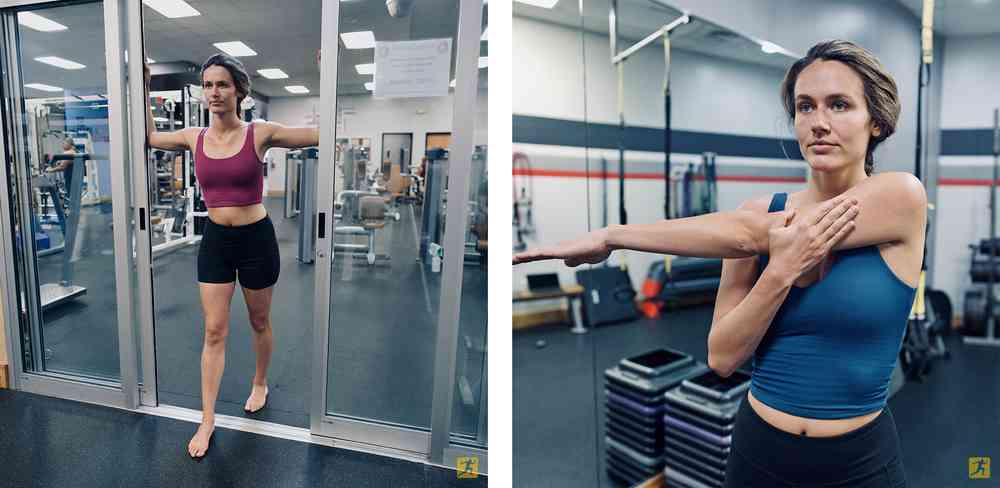
- Cross body shoulder stretching
- Doorway chest stretch
- Forcing painful overhead motion
- Any exercise that causes moderate to severe pain and/or elicits tension in the neck and shoulders
In addition to exercises with your body weight, bands, and weights, your physical therapist can also recommend other tools like use of a pulley or foam roller.
Get Sustainable Relief
Shoulder impingement, whether acute or chronic, can make participating in your favorite hobbies, sports, and other daily activities impossible. Rather than hoping a few standard exercises will help you recover, work with a CityPT physical therapist that can help you pinpoint the cause of your pain and get you on track to a sustainable recovery.
To start, book an appointment with one of our shoulder experts today.
Before you go, please read our disclaimer. This blog is intended for informational purposes only. We are not providing legal or medical advice and this blog does not create a provider-patient relationship. Do not rely on our blog (or any blog) for medical information. Always seek the help of a qualified medical professional who has assessed you and understands your condition.

JayDee Vykoukal is an author, holistic health coach, mom blogger, and passionate Doctor of Physical Therapy. She loves teaching healthy living, writing about motherhood, traveling and spending quality time with her family.

JayDee Vykoukal is an author, holistic health coach, mom blogger, and passionate Doctor of Physical Therapy. She loves teaching healthy living, writing about motherhood, traveling and spending quality time with her family.
